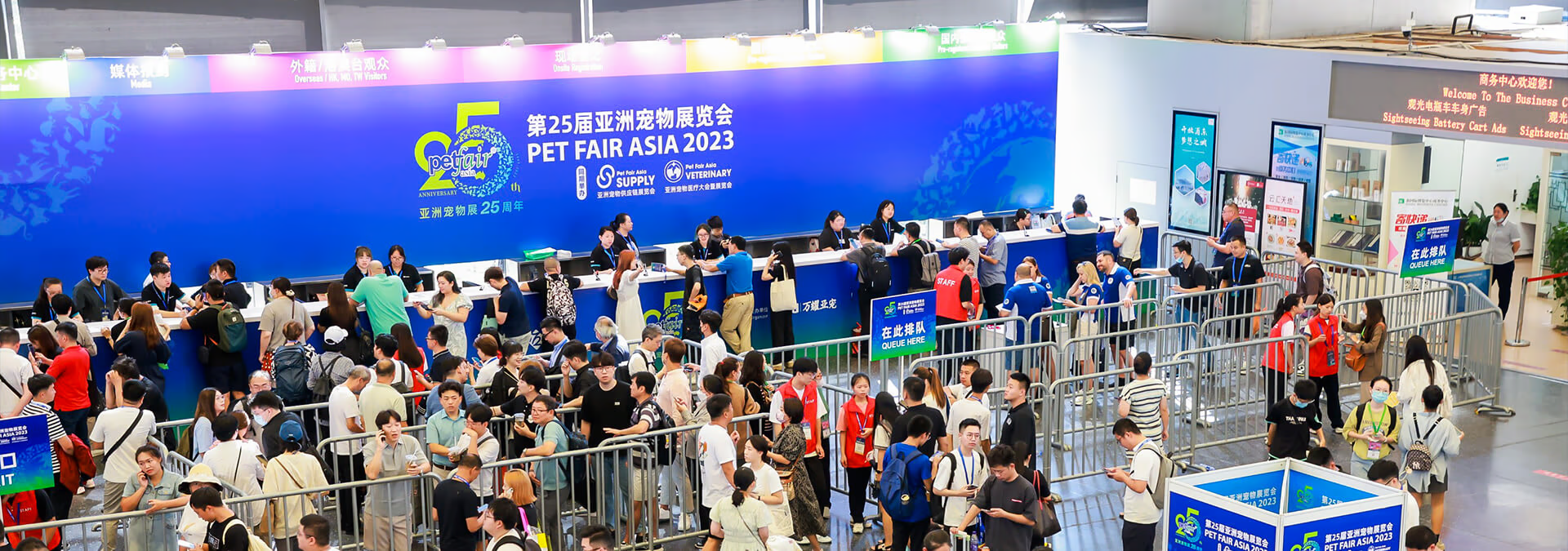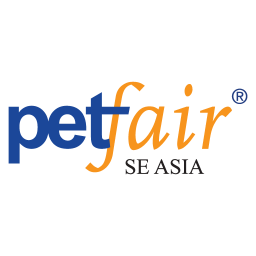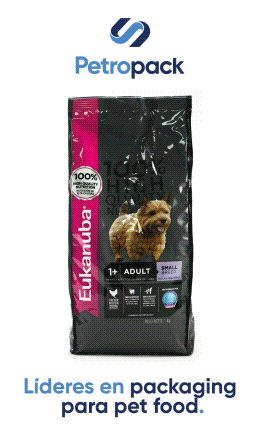The early highlights of the research conducted by Nomisma for Zoomark on Italian pet owners' shopping habits have just been released. They reveal key trends in the non-food segment, which has consistently expanded in recent years and includes supplements, anti-parasite products, accessories, toys, hygiene products and cat litter.
The data presented at the press conference organised to launch Zoomark 2025 – 21st international trade show for pet food and pet care, scheduled for May 5th-7th 2025 at BolognaFiere – are the first step in a broader partnership between Zoomark and Nomisma. This collaboration will develop over the coming months as part of a programme to identify the trends, opinions, habits and behaviours of Italian pet owners.
'The activities that form our two-year strategy with Zoomark allow us to make a tangible contribution to the Italian non-food pet segment for the first time', explained Mattia Barchetti, Head of Market Intelligence at Nomisma. 'The research results provide a cross-section of current and future trends regarding pet owners' purchasing behaviour and preferences, vital information that will help the sector's top Italian and foreign businesses to define their sales strategies.'
The pet market keeps on growing
The pet market continued to grow globally in 2022, everywhere from the USA to Europe and Asia. Worldwide pet owners are increasingly attentive to caring for their cats, dogs and other animals, choosing both food and non-food products with their wellbeing in mind and treating them as members of the family.
Italy is outpacing the USA, China and Europe when it comes to overall expenditure on pets, with a total growth in the pet sector of almost 20% compared to the previous year. Non-food accounted for approximately 43% of the total expenditure.
Total spending on pets approaching €7 billion
Italian families spend €6.8 billion every year on caring for their animals and ensuring their wellbeing. Of this, 57% goes on food and 26% on veterinary medical expenses. This leaves 17% of pet expenditure dedicated to accessories, and particularly five main categories: supplements and anti-parasite products, cat litter, accessories (home and comfort, dog harnesses, leashes, collars, and clothing), hygiene and grooming products, and toys.
Spending on pets as a proportion of Italian families' outgoings has grown consistently in recent years, and particularly after Covid, with an overall increase of 35 bps between 2018 and 2022, leading to significant effects on the pet supply chain.
Previews of the Nomisma research show that 52% of respondents reported spending the majority of their monthly expenditure on their dog. When pet owners with more than one animal were included, however, cats were the most frequently cited on this measurement.
Italian pet owners: identikit and lifestyle
Nomisma's research for Zoomark builds an identikit of the typical Italian pet owner: on average, owners are over 45 years old (47% of survey participants) and belong to a family with children (43% of the panel).
In addition, almost 90% of pet parents live in a house with an outdoor space, i.e. with at least a balcony or garden.
The analysis also identifies pet owners' various lifestyle types:
One in five (19%) define their lifestyle as 'Conscientious', seeking balance between their private life and work, which includes their pets.
This is followed by those with a busy 'Urban' lifestyle (10% of respondents) – people who live at a frenetic pace and attend city social and cultural events – and the 'Global and Curious' (also 10%), open-minded citizens with a strong interest in culture and the world.
Another 10% defined themselves as having a 'Sustainable' lifestyle, focused on seeking environmentally friendly solutions in all areas of their life.
Close behind on the list are the consumers (9% of respondents) who identify as 'Digital', with a passion for technology and online purchases, and another 9% who define their lifestyle as 'Active', i.e. they exercise regularly and follow a balanced diet.
Anti-parasite products, home accessories, and hygiene and grooming products were the most frequently purchased products last year, accounting for over 60% of sales. Pet owners continue to have specialised physical shops as their preferred purchasing channel, but online is becoming increasingly more important, particularly for certain product categories. The products with a predicted increase in average spend over the next two to three years include cat litter, anti-parasite and electronic equipment.
'We know how much the food sector is a driving force in the pet economy. Nonetheless, the novelty revealed by the latest trends in the non-food segment tells us about how the market is evolving' - underlines Luisa Bersanetti, Exhibition Manager of Zoomark - 'In the wake of this significant growth, we started the partnership with Nomisma with the aim of analysing the trends and purchasing habits of Italian pet owners; Zoomark's intent remains to offer its exhibitors and visitors the essential tools to increase their business opportunities, and we believe that the first data collected by Nomisma are the right starting point for interesting conversations that we will develop in the 2025 edition."
Source: Zoomark
You could be interested: The 27th Edition of Pet Fair Asia Will Take Place From 20 to 24 August 2025 in Shanghai, Marking The Largest Event in its History
Market Information
07/08/2025
















































